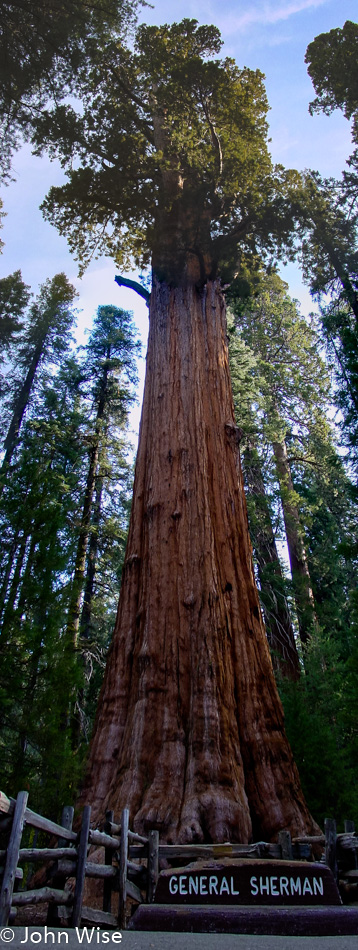
While the picture is a bit mismatched because I had to stitch two portrait photos together, there was no other way to photograph this giant. The General Sherman Tree is the largest tree on Earth. It stands 275 feet tall, or about 84 meters, and is 36 feet in circumference (11 meters). It is estimated to weigh about 4 million pounds or 1.8 million kg. We are visiting the Sequoia National Park today.
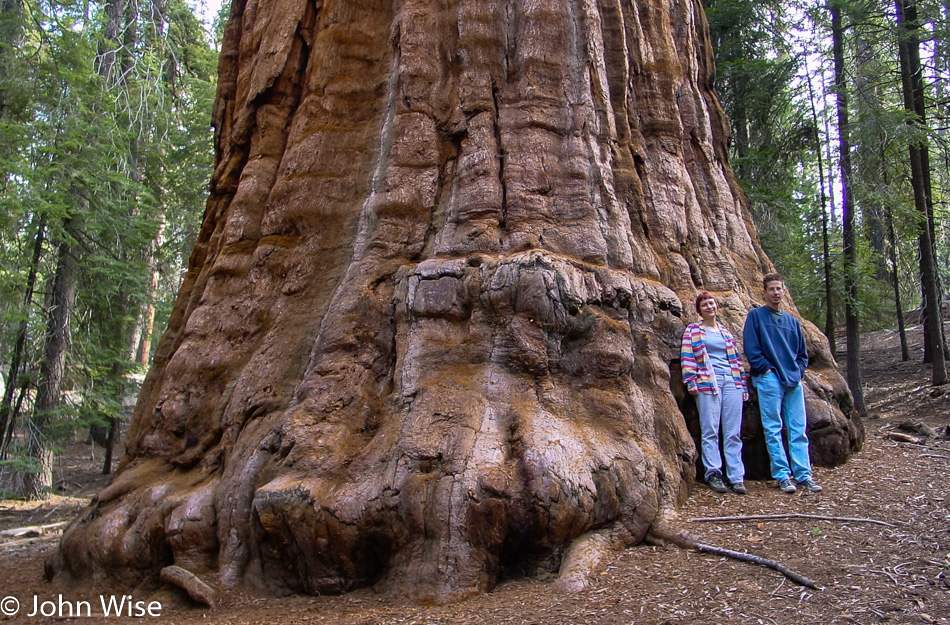
This is not the General Sherman tree but just another random Sequoia with two ant people standing next to it for scale. The oldest known Sequoia is about 3,500 years old, while General Sherman is only in middle age at a spry 2,000 years old. It’s kind of strange standing next to a tree that is still alive after growing here for thousands of years.
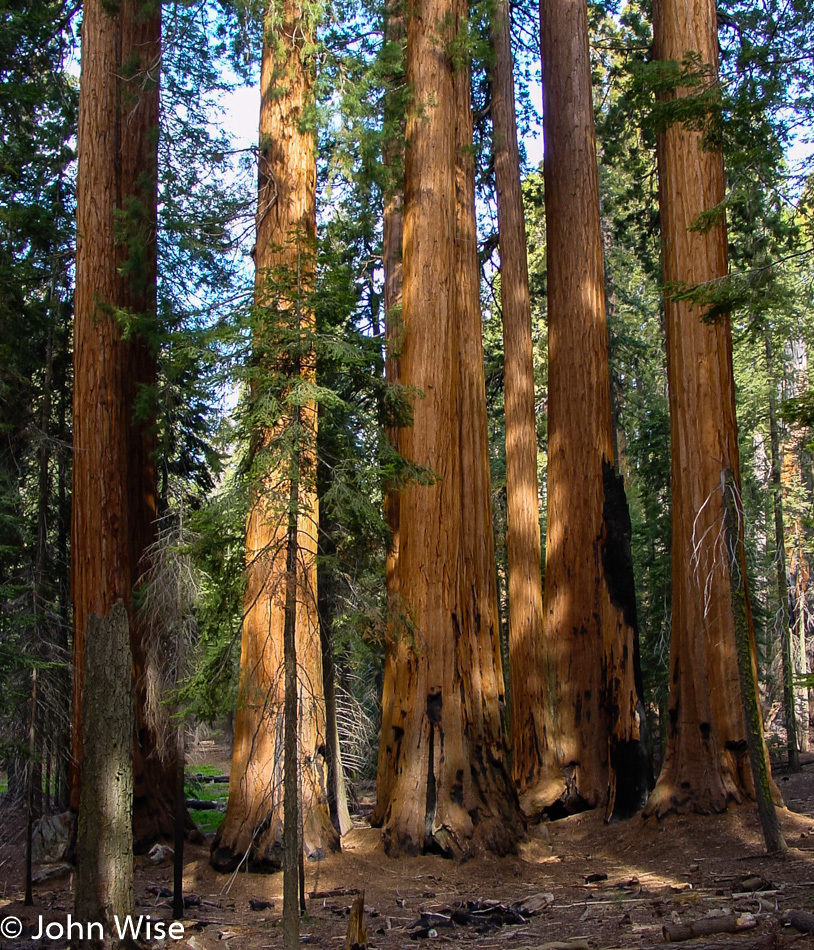
You can’t stand here and not be impressed by old-growth forest and simultaneously not be saddened that there are so few remaining. These trees are impressive in ways no words can convey, nor can photos help you find a sense of what it is to walk through such ancient and large growing things.
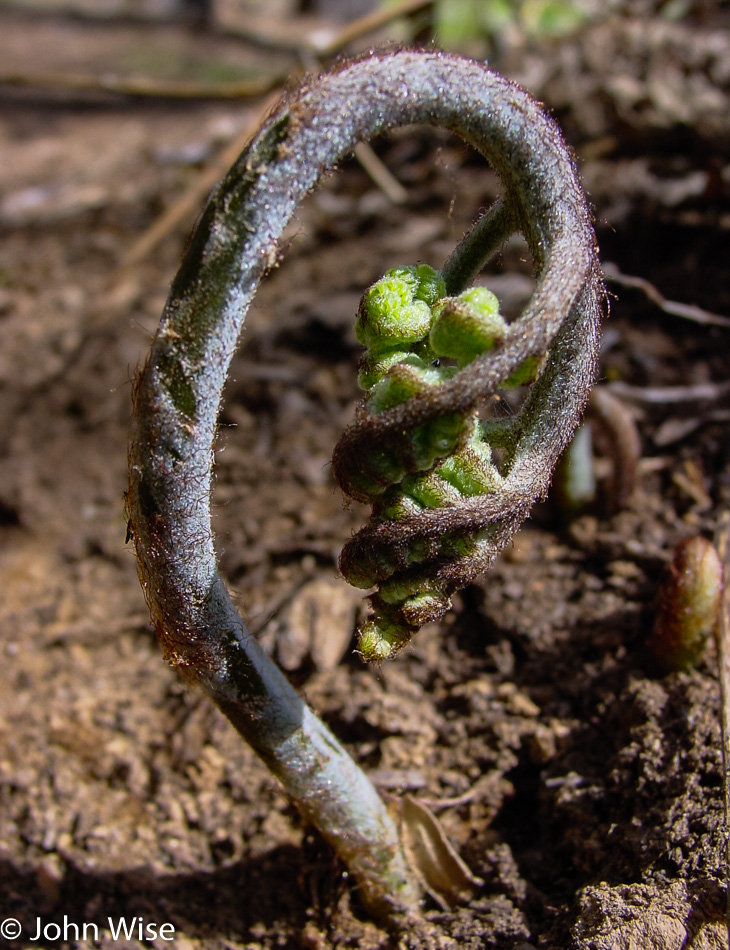
Then, right next to those old giants is a fresh sprout of a delicate fern, and at once, you see that without our intrusion, the world and its ecosystem can remain in equilibrium.
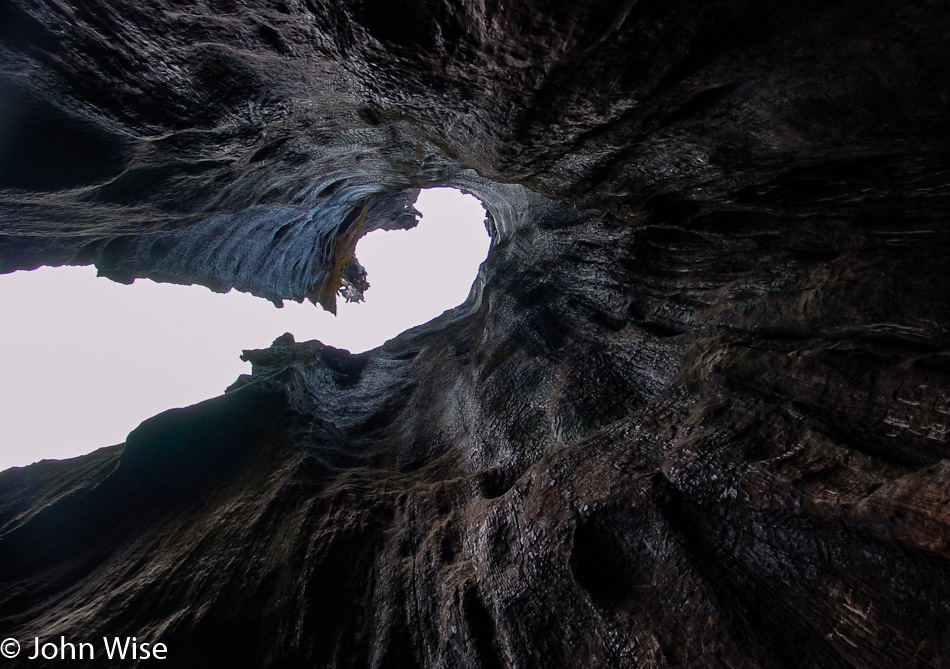
While many Sequoias and Redwoods can endure some minor fire damage, often carving out a part of the lower trunk, a tree can be destroyed, as is seen here. These hollow shells stand as a life support system for the myriad life forms that are still using its hulk as home. There’s a cycle of life that is happening all around us from the smallest to the largest scale and most of us are oblivious to its reality.
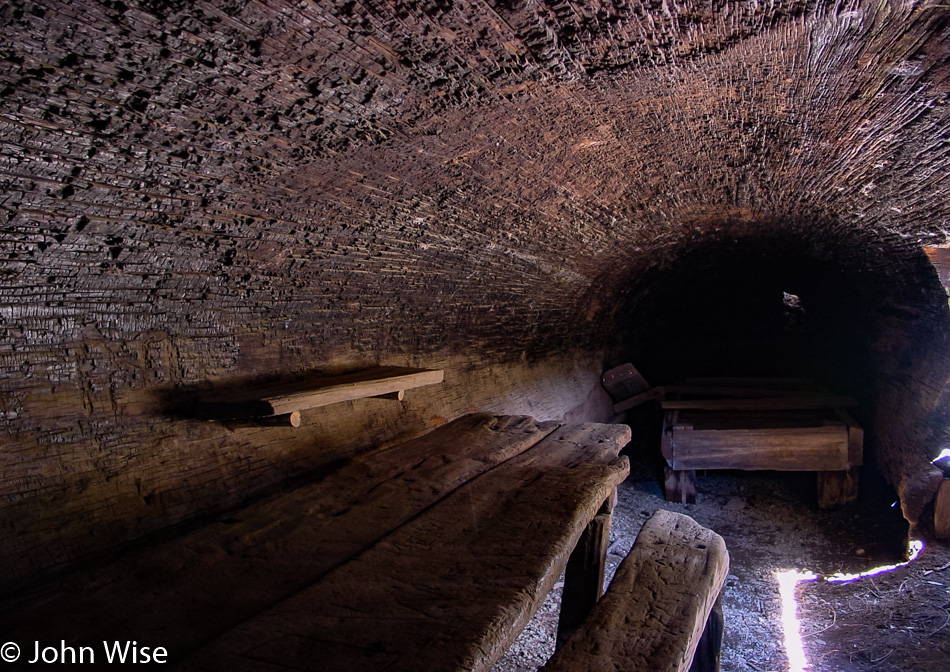
This cabin is the interior of a giant Sequoia log that fell a long time ago. This guy Hale O. Tharp came along back in the 19th century and turned it into a part of his cabin where he spent summers until the place was turned into a National Park.
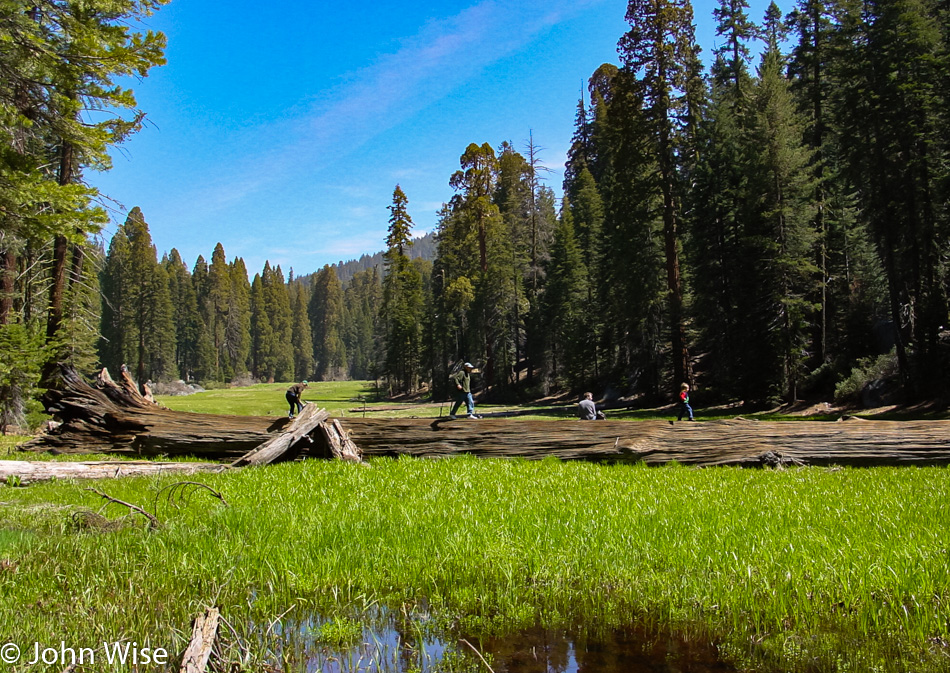
I hope you agree that a place like this deserves our protection.
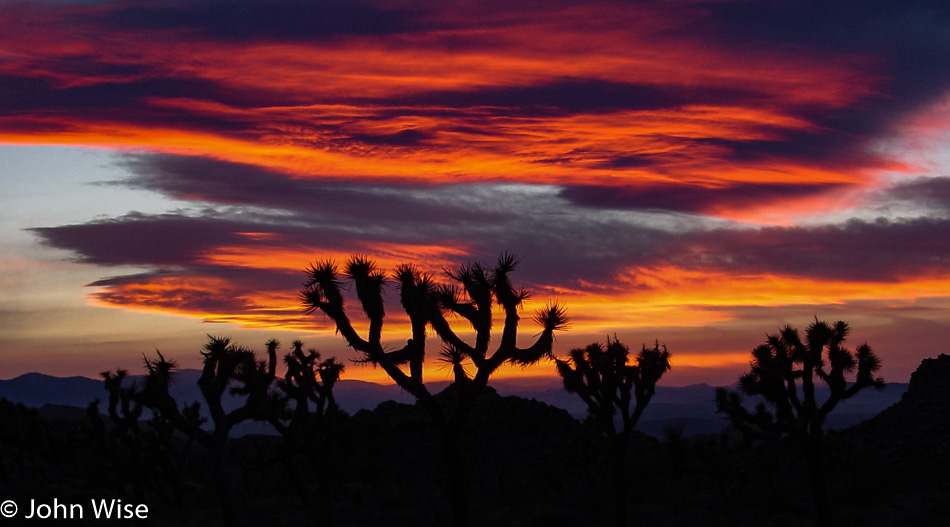
With our long weekend hanging out with Mark now over, it was time to return to our desert abode and take refuge from the nuclear sky. Hmmm, what if those spiny things on the Joshua trees were actually cilia moving in incredibly slow motion and were surviving mutants of their distant ancestor, the jellyfish?